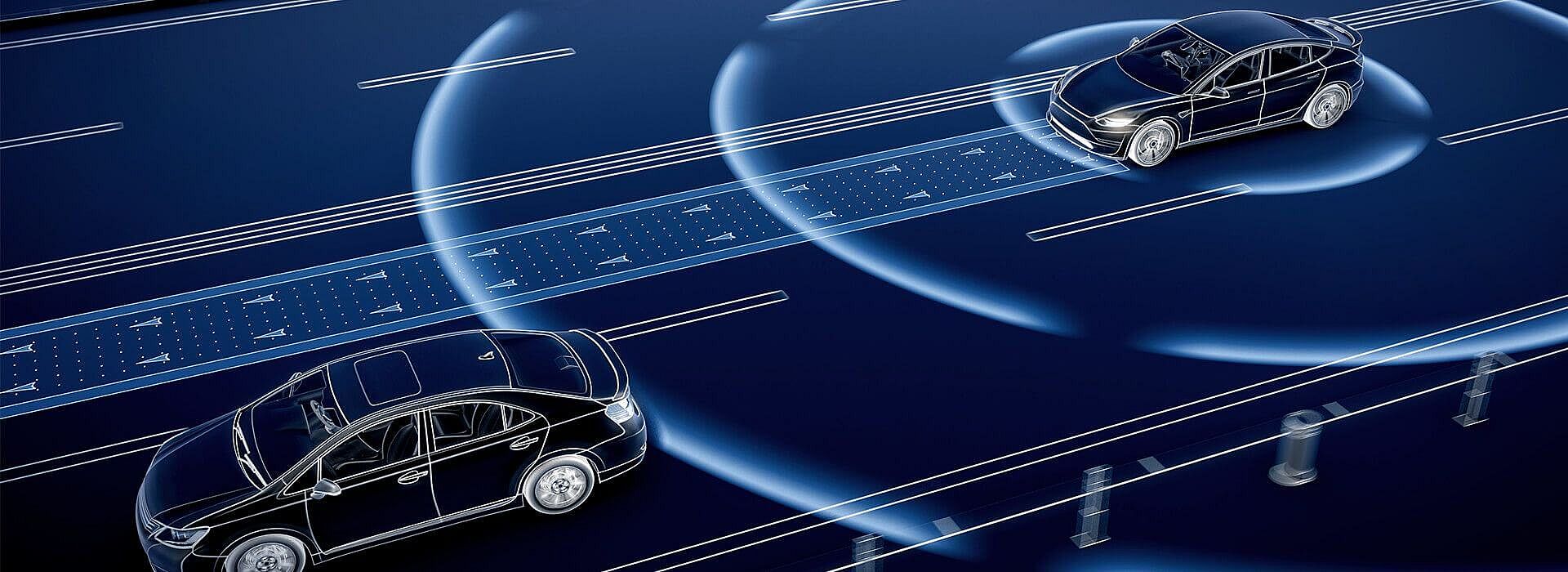
The key to save driving
Autonomous driving will essentially revolutionize the automobile. Artificial intelligence will play a central role and help to adapt automobiles for the future. One significant area of research on the way there is predicting the behavior of all traffic participants. The focus here is on road traffic prognoses that are as reliable and safe as possible. In order to create these prognoses, the methods will draw on AI technology.
The BARK (Behavior BenchmARK) software platform developed by fortiss specifically employs AI for the future of the automobile and with its help develops a broad spectrum of behavior models.
One of the greatest challenges is guaranteeing the reliable and safe behavior of autonomous vehicles in the presence of humans. The interaction between traffic participants is continuously influenced by uncertainties. For this reason, autonomous vehicles use behavior models to represent possible responses by human drivers to the vehicle movement.
The goal is to achieve absolutely safe vehicle behavior when humans participant in traffic situations. Before that can happen however, the impact of faulty behavior models first has to be understood. The BARK software platform addresses precisely this issue with a systematic approach by making it possible to recreate faults in the behavior models during the simulation.
The BARK software platform focuses on the modular, systematic development of behavior planning components for autonomous systems with an emphasis on autonomous driving. A behavior model developed with the BARK platform can be used to plan the movement of the autonomous vehicle and for predicting the behavior of other participants during planning, as well as to simulate other participants in a traffic situation. The platform supports the application of conventional and state-of-the-art AI methods.
In a wide range of traffic situations, the behavior of other road users can be parameterized differently for prediction and simulation in order to simulate errors in the assumed behavior model. In this way, the effects of model errors in the prediction on the safety of the autonomous vehicle can be determined.
Die Softwareplattform BARK hat erfolgreich aufgezeigt, wie eine systematische Entwicklung von Verhaltensmodellen in der Forschung zur interaktiven Verhaltensplanung hilfreich sein kann.
Die Weiterentwicklung des Werkzeuges im Rahmen der aktuellen Forschung ermöglicht die fortwährende Unterstützung neuester Methoden im Bereich der KI sowie den Einsatz und die Erprobung in verschiedenen Praxisfeldern.
BARK is already being applied and tested in industrial projects. Among other things, a project for the simulation of autonomous cabs in urban areas was implemented with Audi start-up AID (today ARGO AI) which specializes in self-driving cars.
In another research project with Deloitte, BARK and the BARK-ML extension served as development tools for training and evaluating behavior planning algorithms using reinforcement learning.
In addition, the software platform was used with Intel Labs in a research project in the field of autonomous driving.